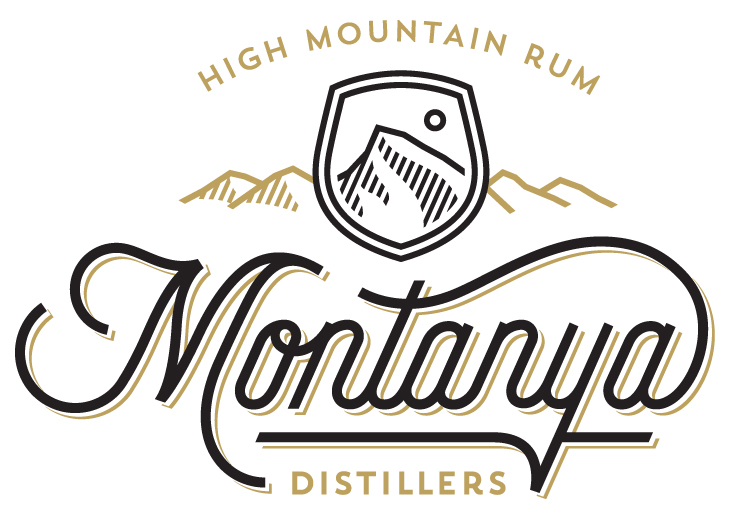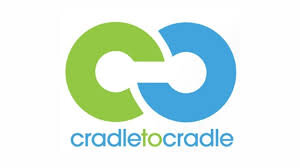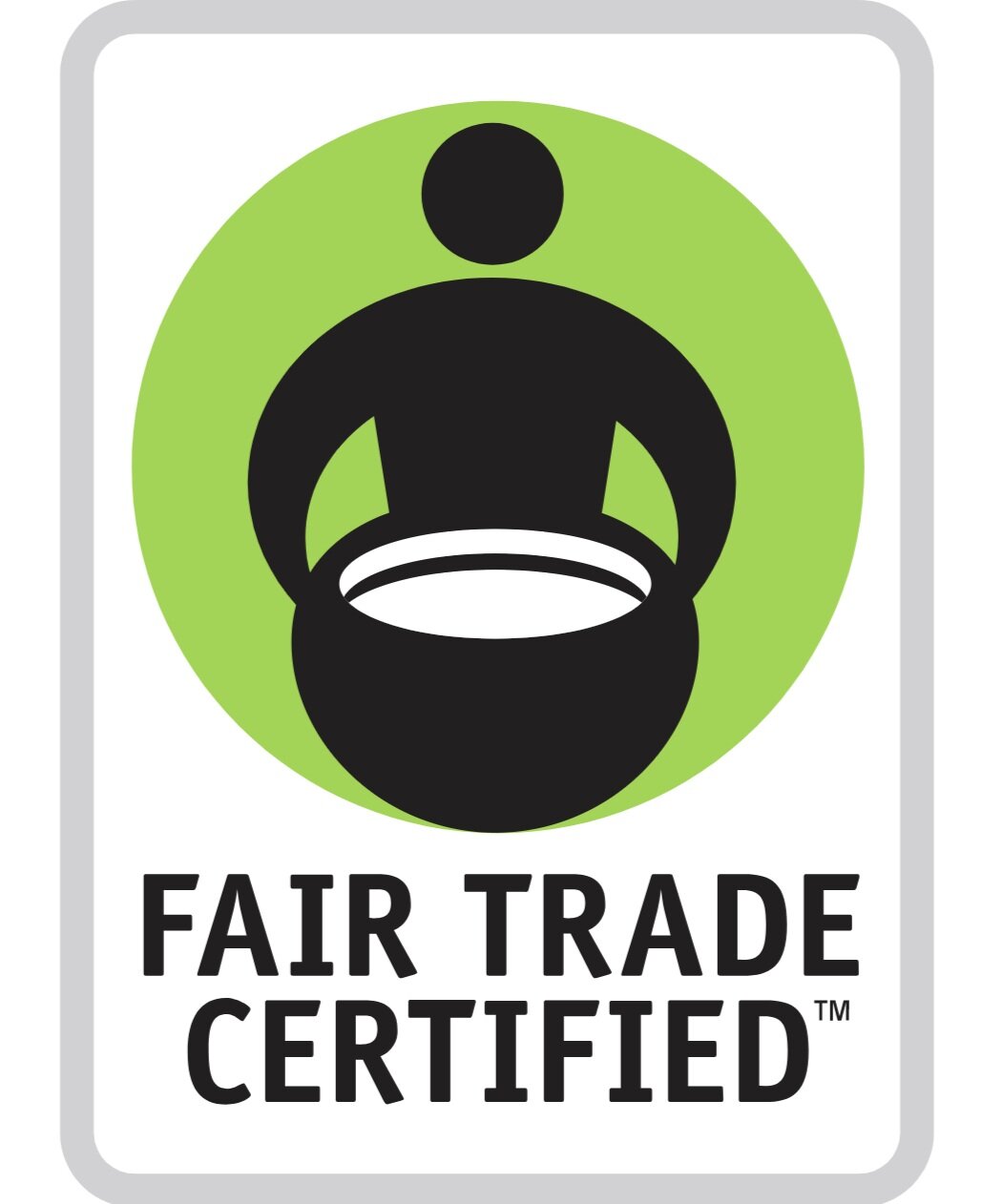Sustainability In Action: Sourcing Merchandise
This post is part of an ongoing series, highlighting our efforts as a certified B Corp and Best for the World company. In meeting the world’s highest standards for social and environmental responsibility, we’re out to prove business can be a force for good.
At Montanya Distillers, taking a deep dive into sustainability meant examining the social and environmental impacts of every aspect of our business, even the merchandise we sell in the Tasting Room and on the website.
If someone loves Montanya enough to sport our logo, we feel better knowing we’ve sourced those items as carefully as we source our sugar cane. Here we share the ins and outs of how we source merchandise, and share some tips we’ve learned along the way—helpful if you’re setting up shop, updating your own closet, or looking for gifts.
Potential Pitfalls
Dig into clothing statistics and the impacts can be staggering. In general, people buy 60% more clothing than they did 15 years ago and keep it half as long. Every step of the production process offers potential pitfalls, from material sourcing to labor practices and even the chemicals used to treat new clothes. (Not to mention all those discarded items sitting in landfills!)
As one of our suppliers, Allmade, points out on its website, manufacturers make 2 billion t-shirts every year. The industrial cotton for those shirts is often grown in places with few regulations, exposing workers to chemicals outlawed in countries like the U.S. The material is then transported using bunker fuel so toxic that most countries won’t allow it within 200 miles of shore, and workers who spin it into yarn often work in sweatshop conditions for extremely low wages.
Barware isn’t free of concern either. The source of the glass is important to consider, and practices like powder coating and fancy decorating in multiple facilities can also have an impact, whether it’s the process itself or extra shipping incurred to get it done.
Making Better Choices
The good news is that you can choose better products. Allmade, for example, makes most of our t-shirts. Their shirts use 70% less water and are not chemically treated (typical t-shirts can use more than 5 oz of chemicals per shirt!). Every Allmade shirt also saves an estimated 6.4 oz of crude oil compared to conventional alternatives.
Most Montanya t-shirts come from Allmade, which works with the Global Orphan Project to pay the workers who make them 3-4x the going rate to support families and keep them together.
Montanya hoodies come from Alternative Apparel, which uses low-impact dyes as well as organic and recycled materials, and follows Fair Labor Association guidelines.
Econscious, which makes our hats and beanies, produces trucker caps made from recycled materials. The front of the hat is 80% recycled polyester and the back is 100% recycled polyester. The company is also a member of 1% for the Planet, donating 1% of sales to environmental non-profit organizations.
Alternative Apparel, which makes our hoodies, also sets high standards for social and environmental responsibility. The majority of its factories are WRAP-certified (Worldwide Responsible Accredited Production), and they all adhere to Fair Labor Association guidelines. Alternative is also a member of Fashion Revolution, which is working to change many of the irresponsible practices within the fashion industry.
29 billion
Plastic bottles discarded in the U.S. each year
6
Recycled bottles in each Allmade tri-blend t-shirt
16,000
Miles a typical t-shirt travels
500
Miles an Allmade t-shirt travels during production
This is just a sample of the practices these companies have put in place to reduce harm and have a positive impact on communities. We like knowing that, like us, they understand perfection is hard to achieve, but every effort is worth the reward.
How to Source Merchandise Sustainably
After more than a decade of selling Montanya merchandise, we’ve learned a few things about how to make better choices in our store. Here are five things we do in the shop and at home to source better products:
#1: Ask Questions
When we applied for B Corp Certification, we conducted supplier assessments of our vendors, asking how their products are made, how the companies handle their environmental impact and even treat employees. In essence, we applied the same qualifications to them that we apply to ourselves.
(Of course, you probably won’t send a supplier survey to every store you visit during the holidays, but you can read up on a company’s practices, see how they’re covered in the news, and assess whether the statements on their website are true.)
#2: Look for Certifications
Greenwashing—the practice of inflating sustainability statements—is real. That’s why we place so much value on reliable, third-party certifications like Cradle to Cradle, Fair Trade, and B-Corp. For ourselves, and for our vendors.
#3: Embrace the motto that less is more.
When you buy a T-Shirt, hat or glassware at Montanya, you’ll notice that we don’t have a ton of varieties of the same thing, and we don’t over-design or decorate our products. Our color palates also tend to be more natural, rather than “day glow” bright. All of this simplifies the production process and reduces the impact of things like chemicals, powder coating on glass and dies for fabrics. (We’re not suggesting you have to fill your closet with heathered tones, but some of these same principles can be applied at home.)
#4: go for evergreen
We pick and choose merchandise that will have a long shelf life. In a ski town, for example, trucker caps have been a safe bet for a while now! We also save commemorative items for truly special occasions, like our 10th Anniversary barware, so we don’t end up with leftover items we have to discard. This helps with our inventory and hopefully means customers wear and use their items longer. They may cost a little more but we promise they will last longer and function better than cheaper alternatives.
#5: Reduce shipping and special orders
Since we are a rum distillery first, a clothing store second (or probably third or forth), our quantities will always be small. As a result, we try to order products that our suppliers already buy in bulk so we don’t create extra impacts for a small number of items. We also try minimize the amount that these items get shipped. If a product has to be shipped three or four different places before it even comes to us, it might not be the product for us!
You can take a closer look at Montanya merchandise in our online store.
You might also like:
The Life Cycle of a Bottle
More Sustainability in Action. Learn what it means for Montanya rum bottles to be certified Cradle to Cradle.







